May-2015
The Traditional Pomeranian Wedding – part II: Children
We visited the house of Mr. Levi Roger on a sunny Sunday, when he was hosting friends and family, as they do every Sunday.
To gather a group of children of various age groups without a defined purpose and with space for them to do what they want is enough for childhood’s imagination to show its power and vigor.
It didn’t take long for the children to organize a farmer’s market with everything they could find in the garden and orchard: cabbage, bananas, limes, pumpkin, onion, chuchu (or chayote); it had everything.
Each one added their contribution as to who would be what in this story and how they would organize each piece until, after some milling about, the farmer’s market gained shape in little time.
The boys took charge of organizing the stands and the sale of food while the girls bought the products, paying with orange leaves. After this, the girls would carry the grocery however they could over to the dollhouse – a part of the chicken coop that had been occupied and carefully decorated by the 7-year-old hostess, Eliandra.
As soon as they finished laying out the food and knives on the table, they started chopping everything as if they knew what had to be done. The hands of these girls already have the practice of using knives and organizing dishes into elaborate shapes. Their hands worked without thinking or arguing about the purpose of the food: perhaps they did everything following the orders of an emotional memory of a knowledge that hasn’t lost its space among the Pomeranian children.
It was from these richly organized plates that came the idea of celebrating a wedding. Looking at those onions, rocks, limes, dirt, leaves, bananas, etc. it seemed like the wedding became necessary, as if there was no doubt that it would be the logical outcome of that game. Not that they had played like this before, but the plates hinted at this, bringing out a natural wish. Therefore, the play wedding came as a result of the food.
Having trafficked freely around an adult wedding creates in the body of these children an experiential knowledge that becomes clear when they play.
Each action had a specific purpose, nothing was random or meaningless, and after a few minutes the market stand had been decorated into an altar and they decided who would be the bride and groom, the pastor and the staff. They dressed up the bride, made flags for the staff by tying plastic bags onto broomsticks, and transported the wedding party on a little wooden truck built by 12-year-old Joemilson.
The pastor conducted the ceremony, which was also watched over by adults curious to see where the game would end.
With the announcement of the matrimony, the ritual followed the sequence of traditional Pomeranian weddings and the party began.
There was so much happening in the game that one of the adults felt compelled to contribute and started playing an accordion, to the joy of the children.
It had everything, from the “dance of the bride and groom” to the shouts of the staff, the “reshtemish” (another typical dance), the bride throwing the bouquet, the “breaking of dishes” with disposable plates and, of course, the dinner with the food that started the whole game.
The shed was turned into a party hall dominated by the game. Watching from outside through the windows, the adults smiled shyly in approval, reaffirming the proximity of the social space of the adults and children in this community.
Text and photos: Renata Meirelles
. 0



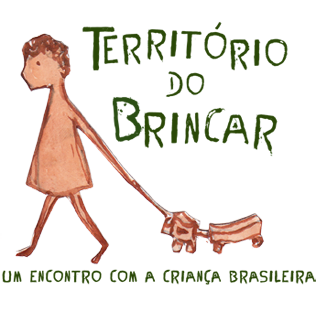
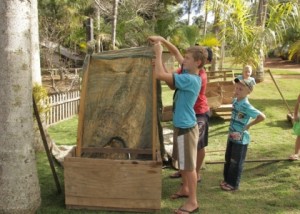
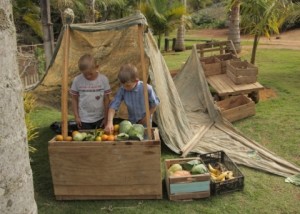
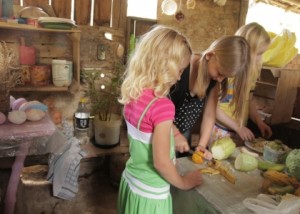
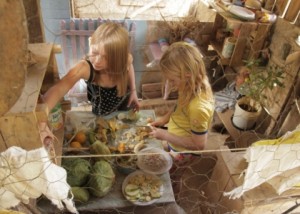
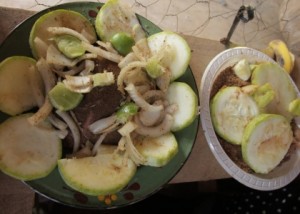
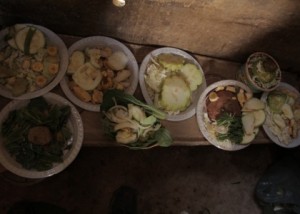
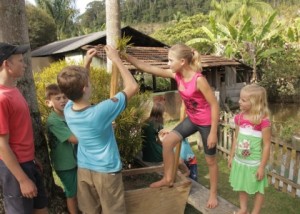


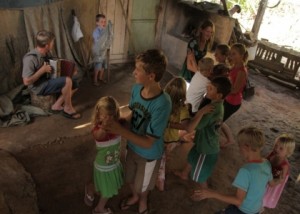
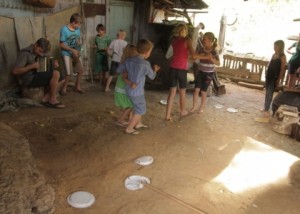


Leave a Reply